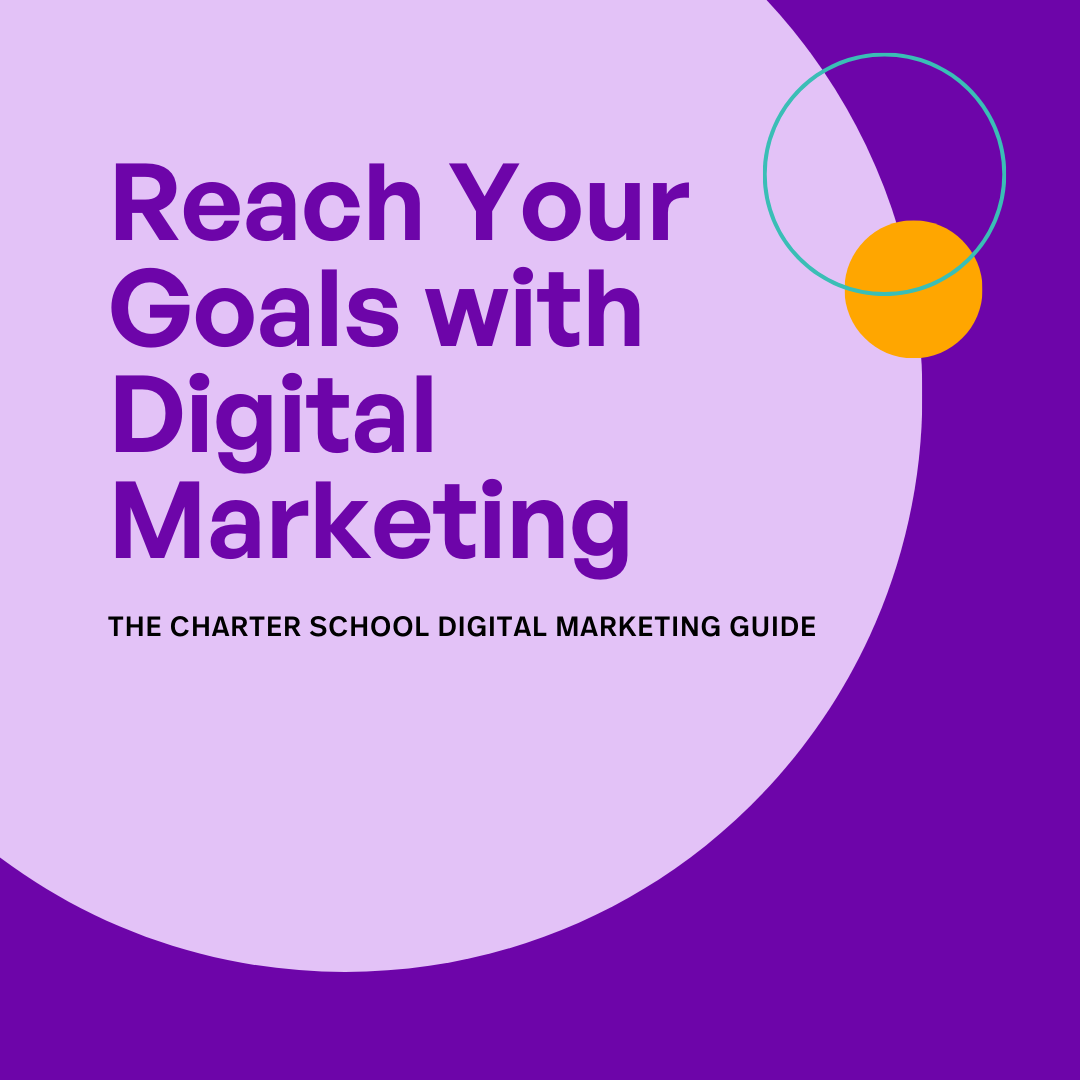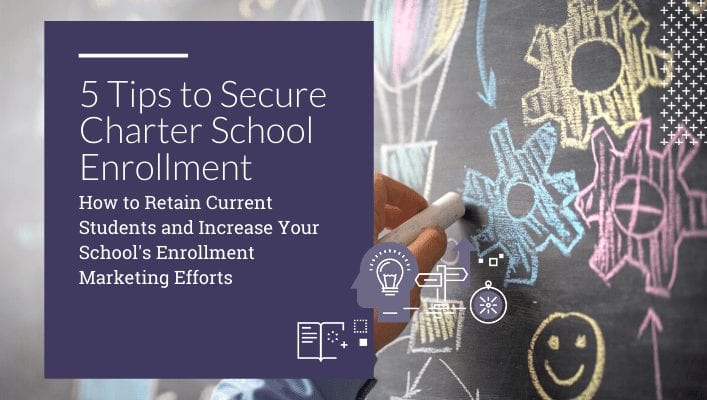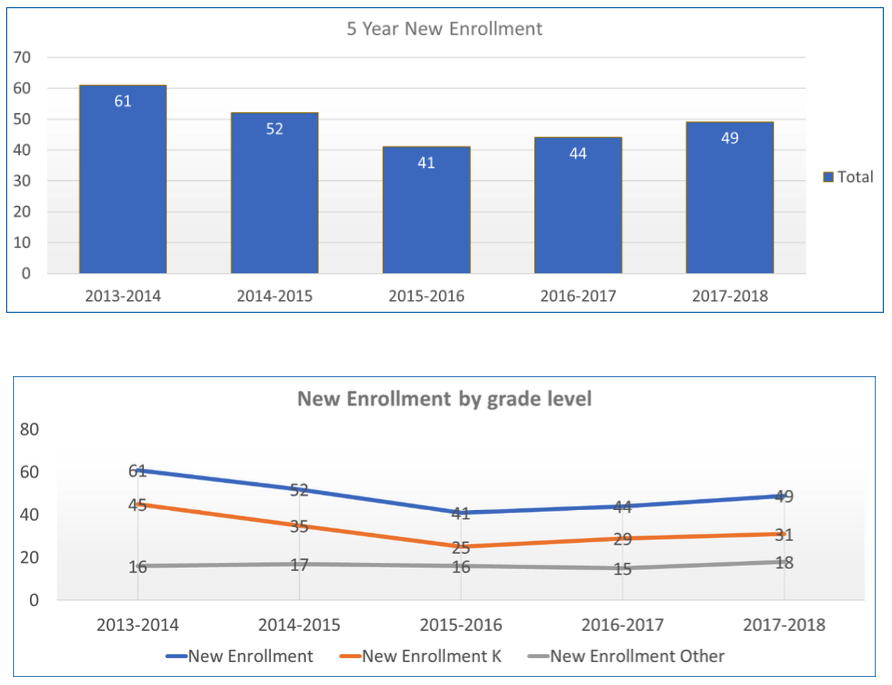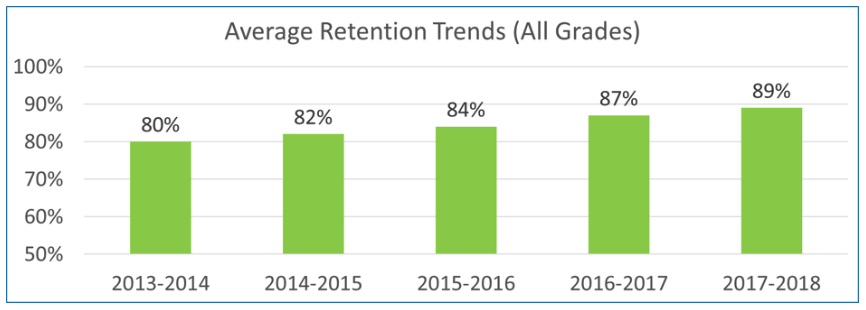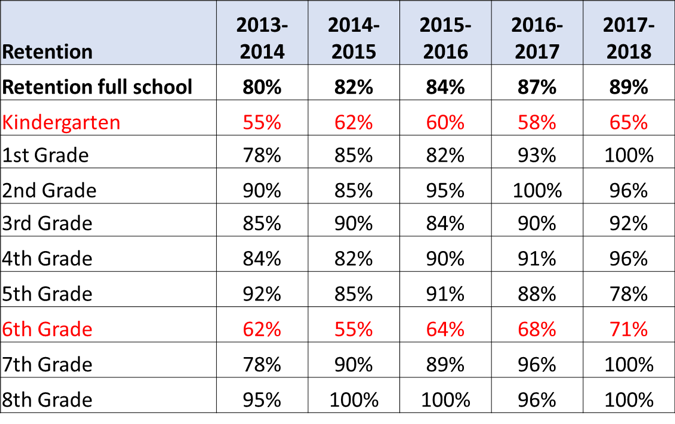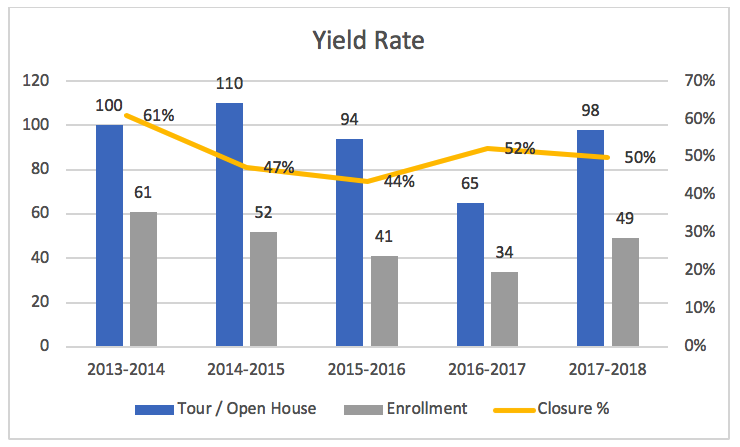A strong brand can bring a variety of benefits to your school, among them increased enrollment, enhanced reputation in your community, and the chance to differentiate your school from competitors. Let’s explore the essence of branding and how your school can leverage brand and voice to make an impact.
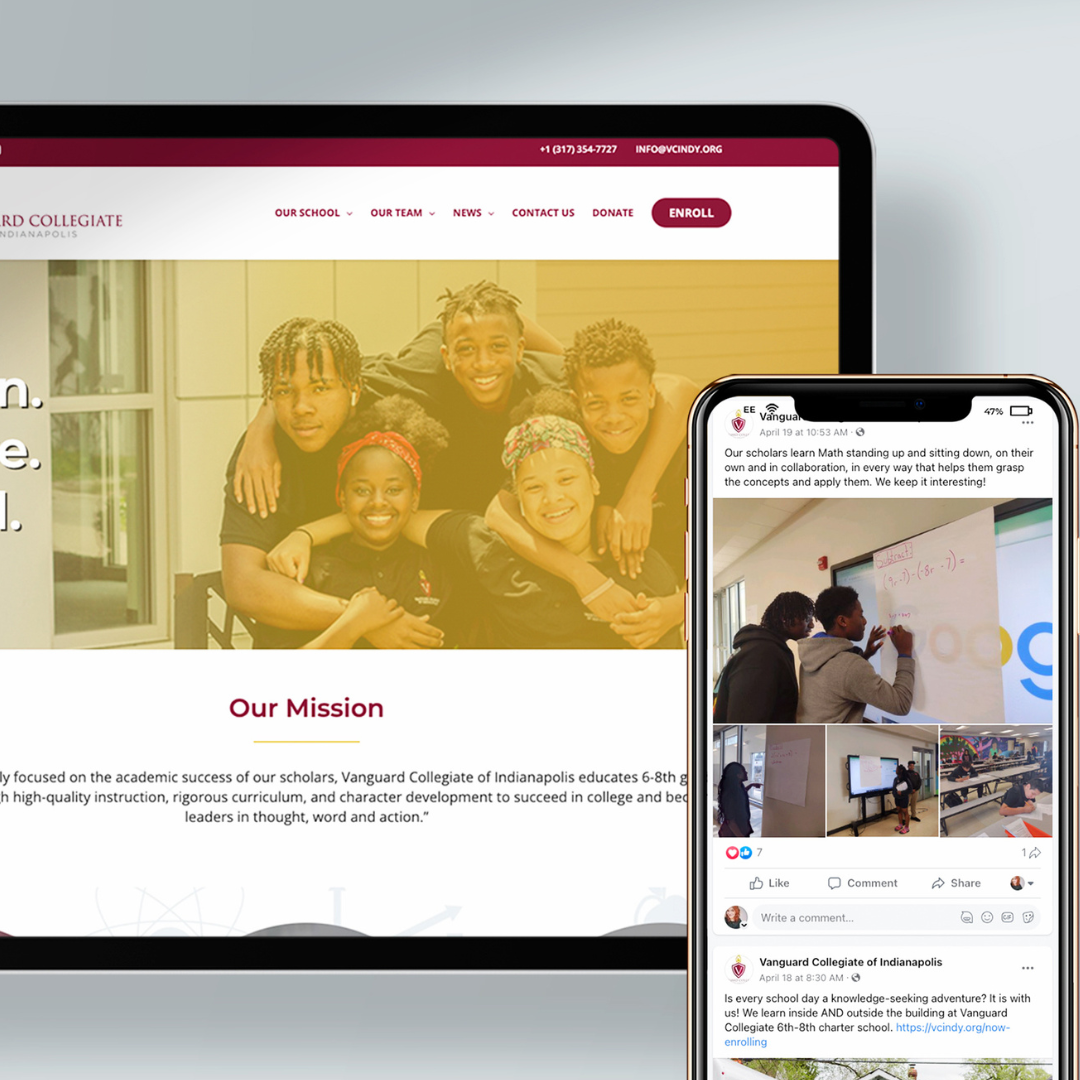
Defining Brand Identity
Your school’s brand serves as its identity – it encapsulates your mission, values, and objectives, conveying to your community who you are and what you stand for. By crafting a compelling brand narrative, you can establish your school as a distinctive presence amidst a myriad of educational options. Ideally, your brand is easily identifiable and portrays your school as trustworthy and reliable — the perfect place for families to envision their children growing and thriving.
Finding Your Voice
Voice, or tone of voice, is the unique personality of your school that permeates all communications with stakeholders – from families to students to teachers and even your greater community. It’s how you articulate your brand identity through language, resonating with your audience on a personal level.
Whether it’s a friendly and playful tone for an elementary school or a formal and inspirational tone for a college prep high school, your school’s voice should align seamlessly with your brand. Consistency is key here; maintaining a strong, unified voice across all communications fosters trust and credibility.
Leveraging Brand and Voice for Impact
When it comes to making an impact, authenticity will set you apart from the rest. As you establish your brand, you’ll want to ensure that what makes your school unique is front and center. Highlighting your school’s offerings, whether that’s STEM, language immersion or performing arts, will differentiate you from your competitors. But remember, it’s not just about what you teach—it’s also how you teach it. Emphasize the powerful approaches your school takes, such as hands-on or project-based learning, to reach your target audience.

Practical Strategies for Brand Consistency
Consistency is the cornerstone of a strong brand. Every touchpoint—whether it’s your social media channels, website, or face-to-face interactions—should reflect the same core identity.
- Craft a Unified Message: Keep your messaging simple, clear, and consistent across all platforms. Decide upon the language and phrasing you will use to highlight your school’s offerings and stick with it.
- Empower Ambassadors: Encourage current families, students, and faculty to be ambassadors of your brand. Word-of-mouth recommendations not only carry weight but they are also free. Sharing a brief “elevator speech” with your ambassadors can help align them to your brand and voice.
Crafting your school’s brand is an ongoing journey—one that requires reflection on your school’s mission, values, and community. By honing your brand identity and establishing a consistent voice, you can build a foundation for growth and success for your school and the community you serve.
About the Author

Jesse Foss is a Content Strategist on the Grow Schools Enrollment Marketing team, bringing over 15 years of experience in education and writing to her role. She holds a B.A. in Elementary Education from Linfield University and a M.Ed. in Curriculum and Instruction from the University of Montana. At Grow Schools, Jesse works with charter schools to create compelling content that showcases their unique qualities and appeals to prospective families. Her skills in crafting engaging blogs, social media posts, brochures, and video scripts are vital in creating effective marketing materials.
More Resources
For more on branding, website, and enrollment marketing, browse the resources below!
Featured Article
3 Ways to Create an Inclusive and Accessible School Website
As schools strive to attract more diverse students, your website is a prime opportunity to set the tone and stand apart. Building an accessible and inclusive website helps ensure all users (the people who spend time on your site) feel welcome and valued. Here are some key considerations and best practices: 1. Follow accessible design […]
Featured Article
5 Tips for Making Online Connections with Prospective Families
According to a survey conducted by the nonprofit National School Choice Awareness Foundation (NSCAF), 53.7 percent of parents are considering new schools for their children. Most school searches start online, which means it’s important for your school to be both searchable and have online curb appeal. Here are 5 ways you can improve searchability and […]
Featured Article
3 Things Charter Schools Can Do for Website Search Engine Optimization (SEO)
The search bar is where it all begins. SEO, or search engine optimization, is a key component to designing your charter school website. In short, good SEO means your website is easy to find. When done right, SEO leads to lots of “organic” traffic to your site—if a parent in your city is looking for a […]
Featured Article
Webinar Recap: Redesign Your Website for Growth
In Click to Enroll: Redesign Your Website for Growth, the panel of experts explored website best practices that promise not only to attract prospective families but also to enhance the online experience for your existing school community. We delved into the world of design and branding principles tailored to showcase your school’s unique identity, unearthing […]
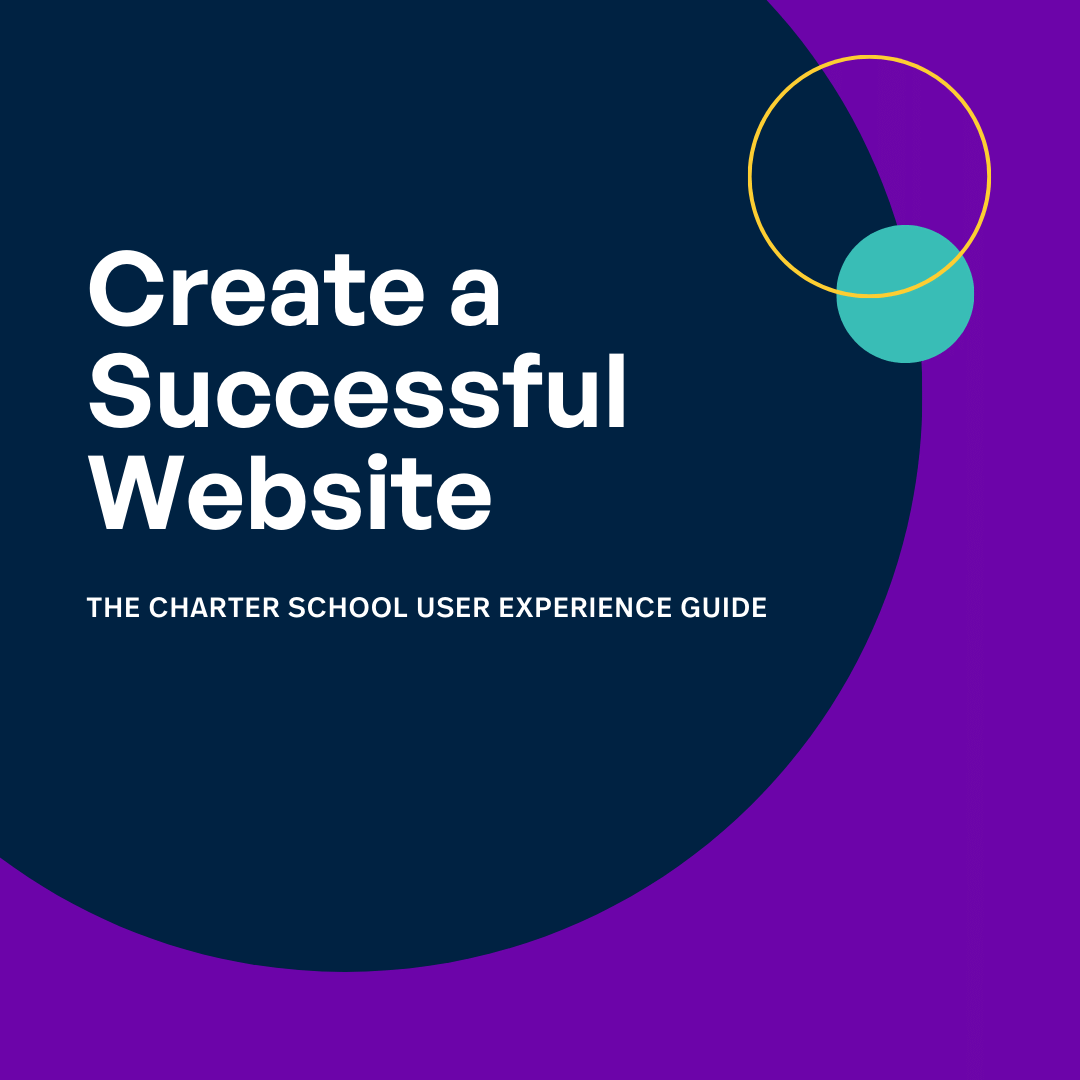
Free Download
Create a Successful Website
This guide is your roadmap to crafting a seamless, user-centric website that sets your school apart. The insights offered by experts Shaina Rozen and Niki Blaker will help transform your website into a hub of information that’s not only functional but easy to use—and that drives enrollment.
Get the Guide

